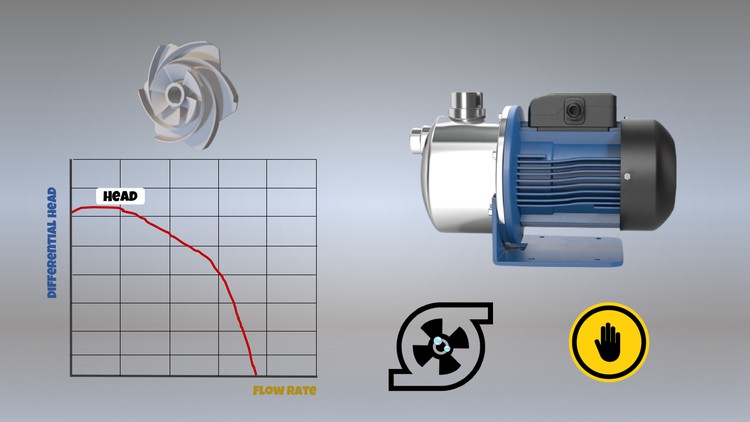
Learn how to select and design the appropriate pump (Centrifugal or Reciprocating) regarding to the working principles
What you will learn
Various Types of Pumps, their working principles and operation
Appropriate Pump Selection
Difference between Centrifugal and Reciprocating Pumps
Pump Performance Curve
Pump System Curve
Net Positive Suction Head – NPSH
Impact of NPSH on pump operation
Cavitation
How to hinder Cavitation using performance curve
Multiple pumps in operation
Description
Pump is a device that expends energy in order to raise, transport or compress fluids. According to its classification, pumps are used differently to impart energy to the fluid. The basic methods are:
– Volumetric displacement
– Addition of Kinetic energy
– Use of Electromagnetic force
“Pump Basics: Principles, Operation and Design” Training Course will help you learn about the different pump types, their operation and working principles. As the course is compact it aims to deliver only practical and as well as necessary information about various types of pumps and their selection.
First, you will start the course with a short introduction to pumps and then will continue with pump classification lecture. Then, you will spend some time to learn about Pump Head and its effect on selection. After learning about the pump head and its derivation, you will get into the most essential parameter affecting pump performance and therefore its design and selection – Cavitation. We will spend more time on “Cavitation Phenomenon” to provide better understanding, as this topic is one of the mostly asked questions in work interviews.
As you got familiar with the essential parameters, you will get into the Centrifugal and Reciprocating Pumps, separately, to learn their specific types and working principles. These valuable information set will be followed by Pump Performance Curves, where we will help you learn about:
– How to construct Pump System Curve
– How to read Pump Performance Curve
– How to use both System and Performance Curves to control the operation
– What is the effect of NPSH on a process and
– How it is illustrated via Performance Curve
The practical sessions will be followed by another essential lecture of “Multiple Pumps in Operation”, where we will discuss:
– Pumps operated in series
– Pumps operated in parallel
– Why do pumps are operated in series/parallel?
– What is better choice and etc.
As you have landed the page to preview this training, please feel free to take part in the course as there is 30-day money back guarantee in case of irrelevant and inappropriate information delivery. Moreover, our development and instructors team are always ready to answer your questions relating to the course material. So, in case of any need for help from our side, please do not hesitate to contact us via e-mail or Q&A section.
So, are you ready? Let us get started!